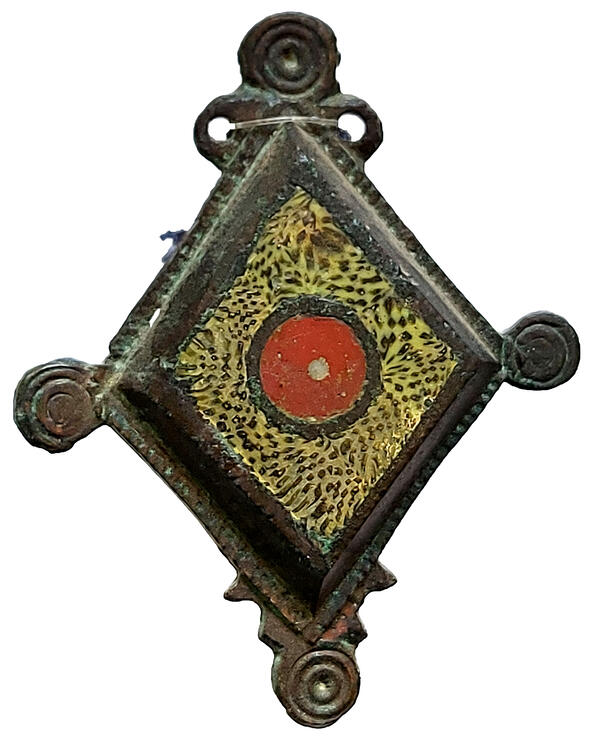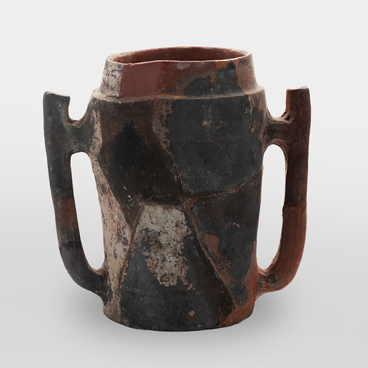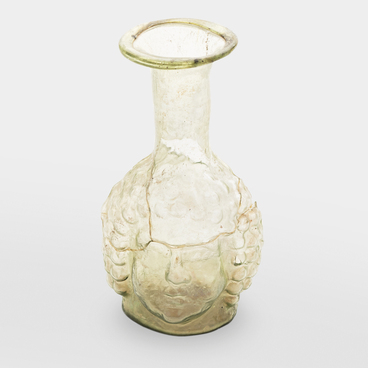The fibula — a metal fastener — was an important part of the clothing of ancient Europeans. It was used to fasten different pieces of clothing together and served as an eye-catching piece of jewelry.
Such products were created at the turn of the 13th century BCE by the Thracians and Illyrians. They quickly spread throughout Southern Europe and appeared in Asia Minor and the Caucasus. However, fibulae became a truly popular type of jewelry across Europe only during the era of the La Tène culture (5th–1st centuries BCE). After that, for almost a thousand years (during the time of the Roman Empire and the Early Middle Ages), fibulae were popular everywhere — from Spain to the Urals and from Italy to Scandinavia. Then, at the end of the 1st millennium CE, they gradually fell out of use. In the Northern Black Sea Region, the Roman fibulae appeared and became widespread in the first half of the 1st century CE — almost at the same time as cloaks came into use in Italy and the Roman influence increased in the Pontic area. Clothing fastened by fibulae included a diverse range of attire, such as ancient Greek chitons. Fibulae were made from a variety of materials, including iron, silver, and gold, but copper alloys were most commonly used.
The displayed fibula was found during archaeological excavations at the Tanais necropolis in 1969. It is a Roman-type fibula. In the center of the shield, there is a red enamel circle, with a white dot in the center. A bronze strip separates the red circle from a plane covered with a skewed chess pattern made of dull white and transparent dark green enamel. The enameled part of the shield is elevated. The diamond-shaped shield is framed with a bronze band decorated with notches. There are protruding circles at the corners of the diamond, decorated with raised concentric lines. Next to one of the circles, there are two side loops on the sides. On the opposite circle, there are raised projections. The hinge and the pin were attached to these circles.
Metal fibulae are among the most significant objects for historians and researchers. They help to date not only individual archaeological sites, but also entire cultures.


